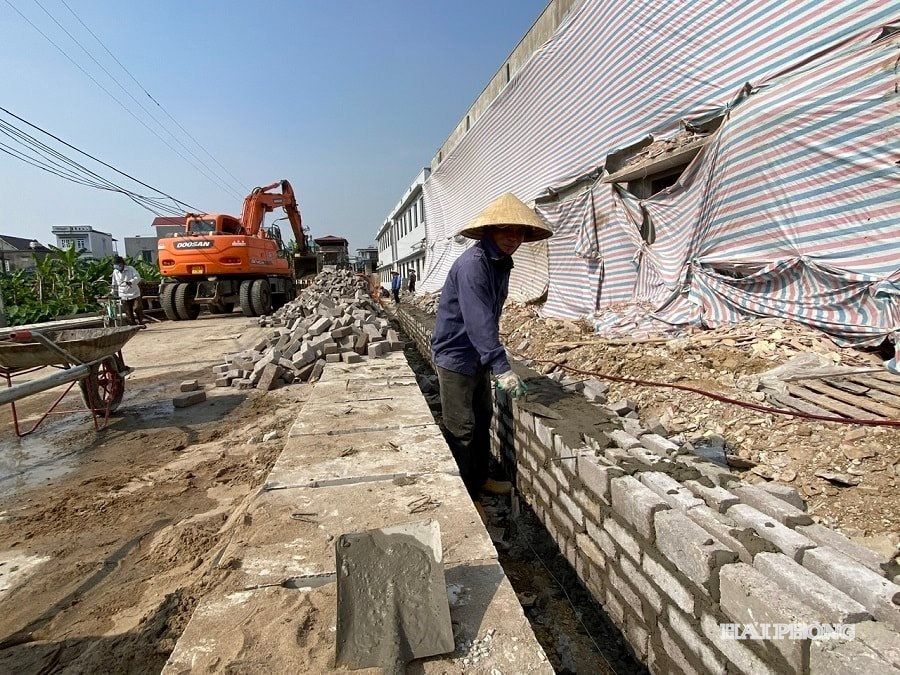
After the merger, with the foundation from the past 15 years, Hai Phong continues to implement the new rural construction program associated with the 2-level local government model. However, the development of infrastructure in the east and west of the city is not balanced and harmonious. Along with that, the change in assessment criteria after the merger also makes many localities confused in the process of implementing new rural construction in the next phase.
The infrastructure in the east and west of the city is not yet harmonious.
After the merger, the city has 67 communes, each commune is formed on the basis of merging 3 to 6 previous communes. In the eastern part of the city, many new rural roads connecting villages, communes, roads to production fields and infrastructure of cultural houses, schools, and medical stations have been invested in a spacious and modern manner. Ms. Nguyen Thi Tho in An Lao commune confided that people in the eastern part of the city were surprised by the changes in rural infrastructure in the past 5 years, approaching urban criteria. In some localities, there are new rural roads 7 to 9 meters wide, alley roads about 3.5 meters wide, higher than the general criteria of the National Criteria for New Rural Construction in the period 2021 - 2025...
However, in the western part of the city, the socio-economic infrastructure is still limited. Along with that, the change of administrative boundaries has also caused the area of many communes to be divided, leading to more obvious infrastructure difficulties. In Yet Kieu commune, local leaders expressed concern that after the merger, the traffic infrastructure would deteriorate, many roads would be divided, causing difficulties for people in traveling.
Chairwoman of Yet Kieu Commune People's Committee Pham Thi Thu said: The local traffic system is seriously degraded; some villages are cut off by the highway, forcing people to travel through 3 underpasses. Along with that, the internal irrigation system is broken and divided, not meeting production requirements. In Yet Kieu Commune, Mr. Le Cong Manh, a resident of Thuong Bi Village, reported that the village has a very developed traditional profession of making poultry breeds, bringing revenue to many families. Due to the nature of production, there are often traders and customers coming to the locality to buy products, but the degraded roads affect the circulation of products.
Or the latest review by the Hai Phong Rural Development Department shows that in many communes such as Tue Tinh, An Phu, Duong An, Cam Giang... inter-commune roads, village roads, hamlets, and intra-field roads basically meet the regulations according to the traffic criteria of advanced new rural communes in the period 2021 - 2025. However, the road width, surface water and wastewater drainage systems, lighting, green tree systems... on some roads have not met the travel needs of the people. Smart broadcasting systems, security cameras, and free wifi have not been invested synchronously. The landfill for domestic solid waste in the area has not met the regulations. Some items such as: multi-purpose training houses, cultural houses, stadiums, sports training equipment, swimming ponds, medical stations, kindergartens, primary schools, secondary schools... were built a long time ago and are now degraded.
Deputy Head of the Hai Phong Rural Development Department Nguyen Quoc Hung said that the difference and imbalance in infrastructure investment between the eastern and western areas of the city was due to the fact that before the merger, the eastern and western localities of the city implemented new rural construction in different ways. In the eastern area, the city chose a model new rural area, investing in infrastructure according to the criteria of urban proximity. Resources focused mainly on transportation, infrastructure of cultural houses, schools, health care, waste treatment areas, etc. Thanks to that, the invested communes all made efforts and basically completed their goals on schedule.
But in the western part of the city, in the past, the local budget only had "seed" capital, the remaining communes had to promote their internal resources and take advantage of investment sources from other integrated programs such as: education, agriculture, environment... Specifically, each commune that met the advanced new rural standards was supported by the province with 2 billion VND, and each commune that met the model new rural standards was supported with 3 billion VND. In addition, some old districts of the old Hai Duong province also had their own policies to support communes in improving the quality of criteria to reach the advanced new rural and model new rural standards from 3 - 6 billion VND/commune. Localities are interested in investing in developing agricultural production areas. Budget support is limited, so infrastructure investment is difficult... The implementation of new rural construction in some localities is still slow and not continuous, so the results achieved between localities are uneven, the implementation of some criteria is not high, not really sustainable, especially the criteria on environment, public administration, security and order... Some communes still have outstanding debts in basic construction from the previous period that have not been resolved, while the resources of the commune are limited because the auction of land use rights and the handling of surplus interspersed land are still slow and encounter many difficulties...
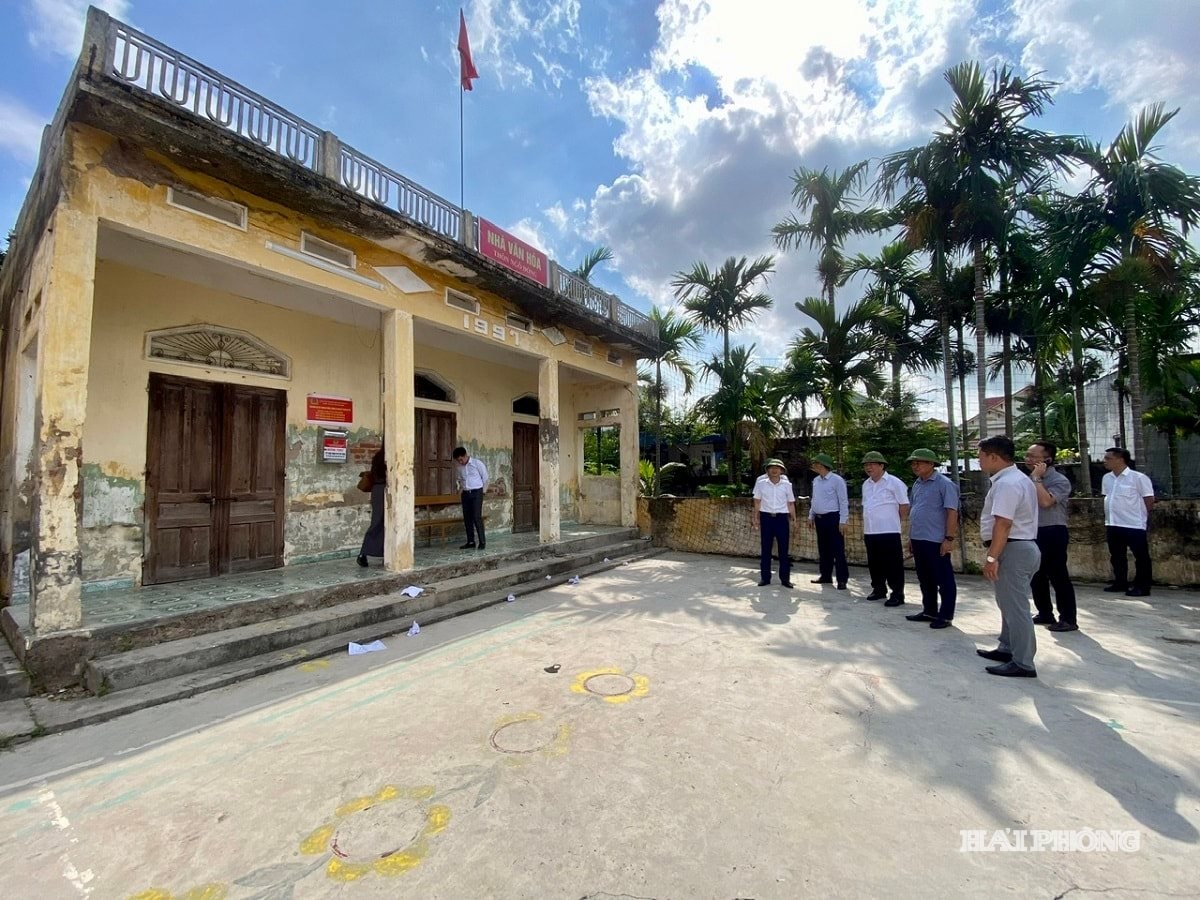
Changes to recognized criteria
After the merger, Hai Phong city has 67 communes, all of which have increased in area and population. Therefore, through review, many criteria for new rural construction no longer meet the National Criteria for New Rural Construction in the period of 2021 - 2025. Many communes still have 3 - 4 criteria, even some communes have 5 - 7 criteria that have not been met... Especially for communes in the stage of building advanced and model new rural areas, it will be difficult to ensure the criteria... The change of administrative boundaries leads to changes in criteria for new rural construction, so the locality will have to continue to improve.
For example, in Nam An Phu commune, there are 3 criteria that have not been met, including criterion No. 6 on culture because some village cultural houses are degraded and need to be built, renovated and upgraded; criterion No. 13 on production organization and rural economic development has not been met on the application of digital technology to trace the origin of key products, has not met the criteria for granting concentrated raw material area codes for the commune's key products; criterion No. 5 on education has not been met because the school sector has not met the criteria for standard schools.
For the eastern part of the city, many communes are building model new rural areas, aiming to complete in 2025, but in reality, after the merger, the impact has affected the criteria for meeting the standards, so it is necessary to continue investing and have a plan to improve the quality of new rural areas in the new area to ensure the set goals and plans. For example, Vinh Thinh commune was formed from 3 communes Thang Thuy, Trung Lap and Viet Tien (old Vinh Bao district). Before the merger, 2 communes Trung Lap and Viet Tien had met the advanced new rural standards, Thang Thuy commune had met the model new rural standards. Therefore, currently, Vinh Thinh commune is continuing to complete the criteria for building model new rural areas in the area of 2 communes (old) Viet Tien and Trung Lap that have not met the criteria for building model new rural areas. In this commune, many infrastructure projects are unfinished, but due to the influence of a number of objective and subjective reasons, progress is slow.
It can be seen that the newly established communes must be based on the criteria of the old communes that have been recognized to review according to scale and area. Thereby, many criteria on infrastructure after the merger have not been met. However, at present, the Central Government has not issued the National Criteria for New Rural Construction and guidelines for new rural construction in the next phase, so the communes have only stopped at the review step and are still confused in implementing the next phase... Even the direction and management work in some communes at this time is not really drastic and thorough. Some localities have not properly recognized and have not been proactive in promoting the value, potential and advantages of the locality in building new rural areas after the merger to have appropriate and practical orientations in building new rural areas in the next phase.
On June 22, 2025, in Decision No. 1125/QD-TTg, the Prime Minister officially recognized Hai Phong city (old) as completing the task of building new rural areas in 2024. On March 16, 2022, the Prime Minister issued Decision No. 358/QD-TTg recognizing Hai Duong province (old) as completing the task of building new rural areas in 2020.
Source: https://baohaiphong.vn/ky-vong-but-pha-trong-xay-dung-nong-thon-moi-van-minh-hien-dai-ben-vung-bai-1-vuong-mac-phat-sinh-sau-hop-nhat-523027.html










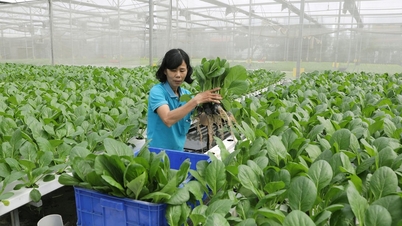

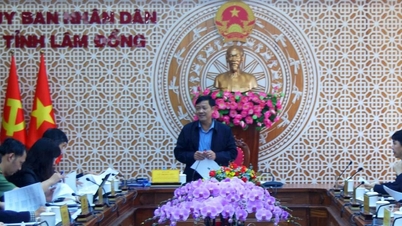

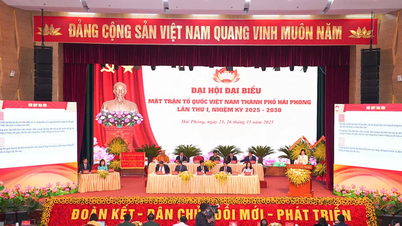

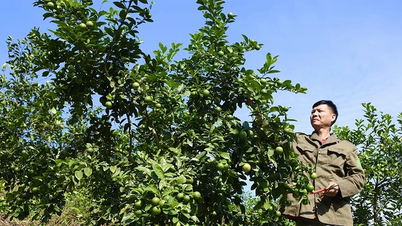







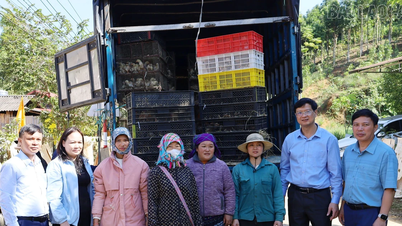



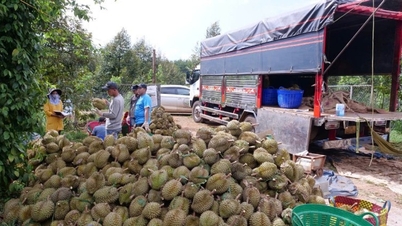





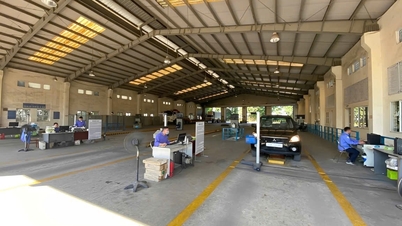











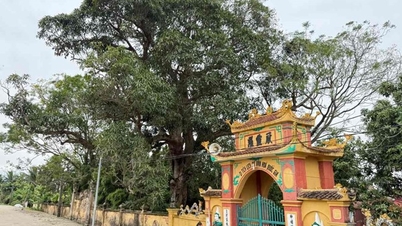




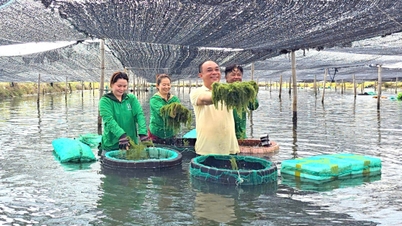


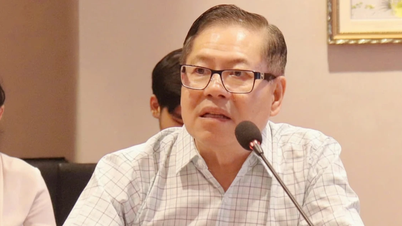












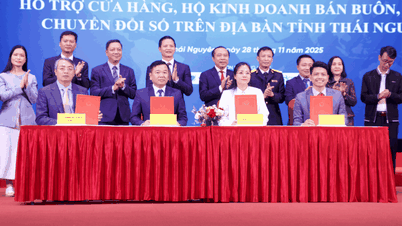








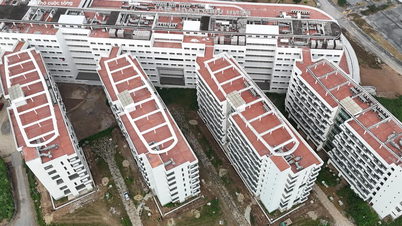





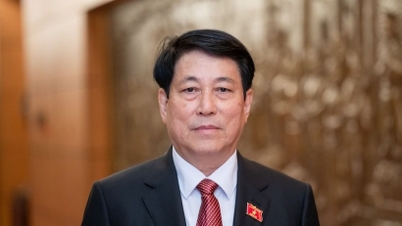


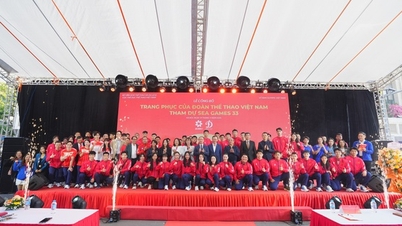





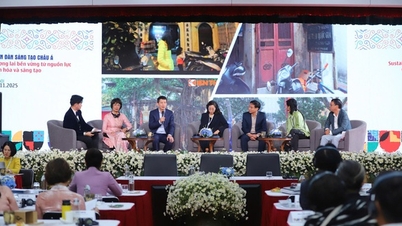


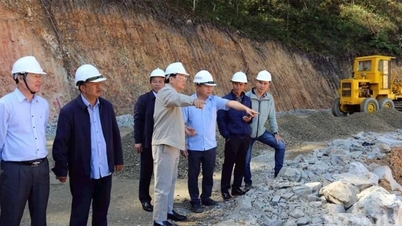
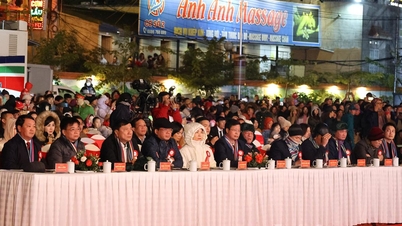


















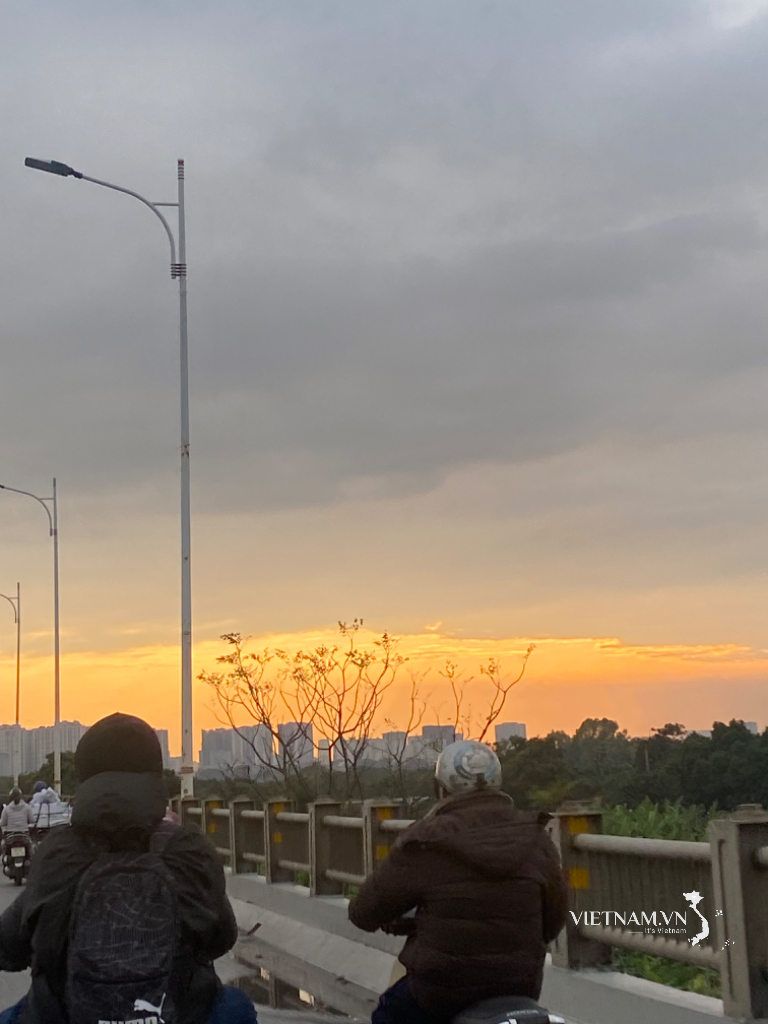
Comment (0)